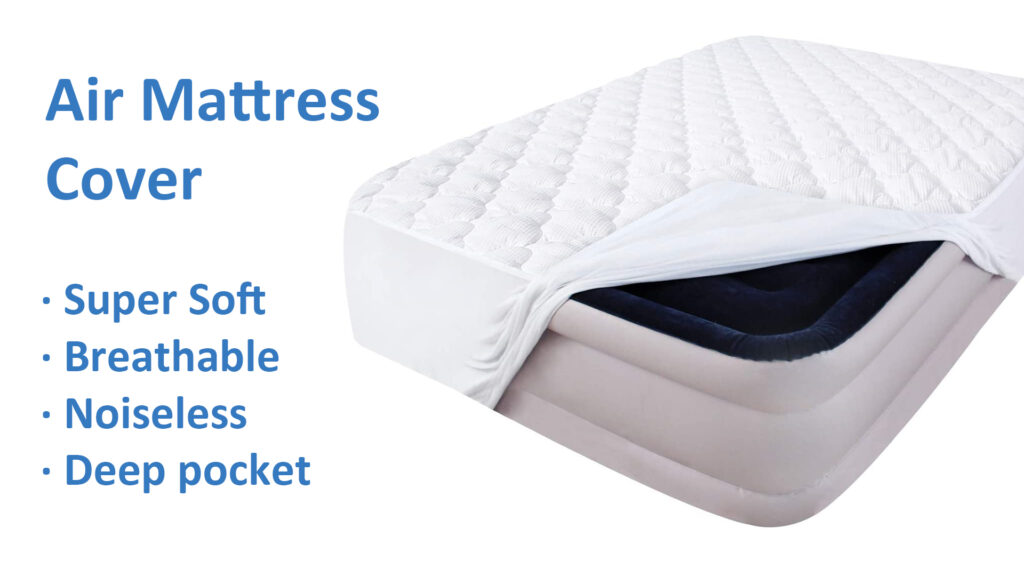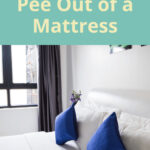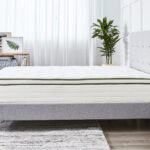Are you wondering “What is a mattress cover?” A mattress cover is a fitted sheet-like item that is placed over your mattress to protect it from dirt, dust, and other contaminants. Mattress covers come in a variety of materials, from polyester to cotton, and can be tailored to fit any size mattress. Not only do mattress covers provide protection for your mattress, but they can also add an extra layer of comfort to your bed. In this article, we’ll explore the benefits of adding a mattress cover to your bed.
What is a Mattress Cover?
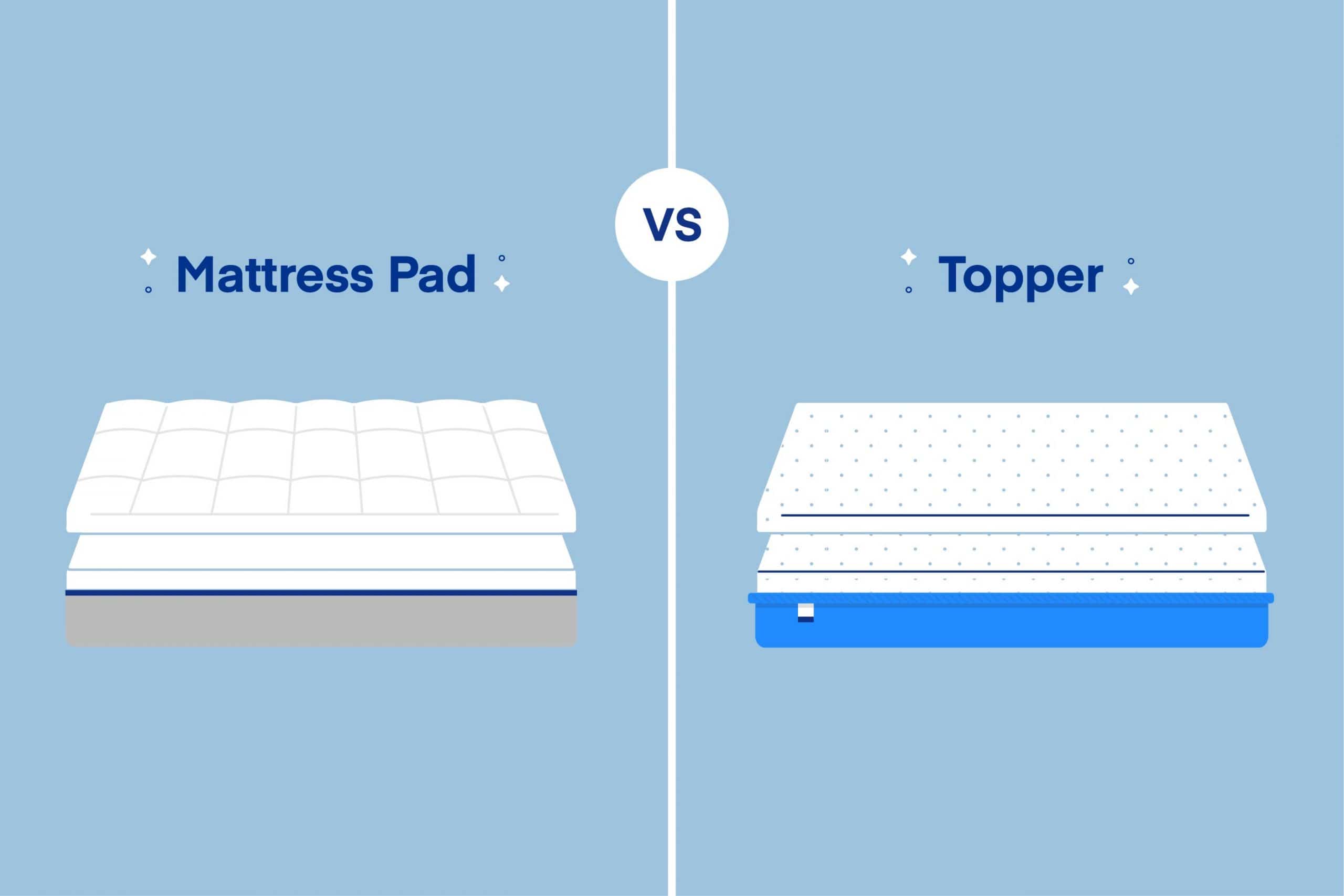
A mattress cover is a protective layer that is placed over the mattress to protect it from dirt, dust, sweat, and other contaminants. It can also help keep the mattress clean and prolong its life.
Benefits of Adding a Mattress Cover
- Protection from dirt and dust: A mattress cover acts as a barrier between your mattress and dirt, dust, pet hair, and other contaminants. It will help keep your mattress clean, preventing it from becoming discolored or damaged.
- Protection from spills and stains: Mattress covers are designed to be waterproof, so they can help protect your mattress from spills and stains. This can help extend the life of your mattress, as well as make it easier to clean.
- Protection from allergens and dust mites: Mattress covers are often made with materials that can help block allergens and dust mites. This can help keep your mattress free of these pesky irritants.
- Comfort: Mattress covers can add extra cushioning to your mattress, which can help provide a more comfortable sleep.
- Easy care: Mattress covers are easy to care for, as they can be washed in the washing machine.
What Does a Mattress Protector Do?
A mattress protector does just what its name implies – it protects your mattress from dirt, dust, sweat, spills, and other contaminants. It also helps keep your mattress clean and prolong its life. In addition, mattress protectors can help provide a more comfortable sleep and are easy to care for.
Types of Mattress Covers
Protective Covers: These are usually made of waterproof material such as vinyl, polyester, or other synthetic fabrics and are designed to protect your mattress from dust, fluids, and other contaminants.
Mattress Pads: Mattress pads are similar to protective covers, but they are usually made of softer materials such as cotton, polyester, and wool. They provide an extra layer of cushioning and comfort to your mattress.
Fitted Covers: Fitted covers are designed to fit tightly around your mattress and usually have elastic edges that help keep them in place. They are usually made of cotton or polyester and are often quilted for extra protection and comfort.
Organic Covers: Organic covers are made of natural materials such as cotton, hemp, or wool and are designed to provide a healthier sleeping environment. They are often hypoallergenic and resistant to dust mites.
Memory Foam Covers: Memory foam covers are made of memory foam material and are designed to provide extra cushioning and support to your mattress. They are often quilted for extra comfort.
Cooling Covers: Cooling covers are designed to keep your mattress cool and breathable. They are usually made of bamboo, cotton, or other natural materials and are designed to wick away moisture and heat.
Latex Covers: Latex covers are made of natural latex and are designed to provide extra cushioning and support. They are often hypoallergenic and resistant to dust mites.
Benefits of Adding a Mattress Cover
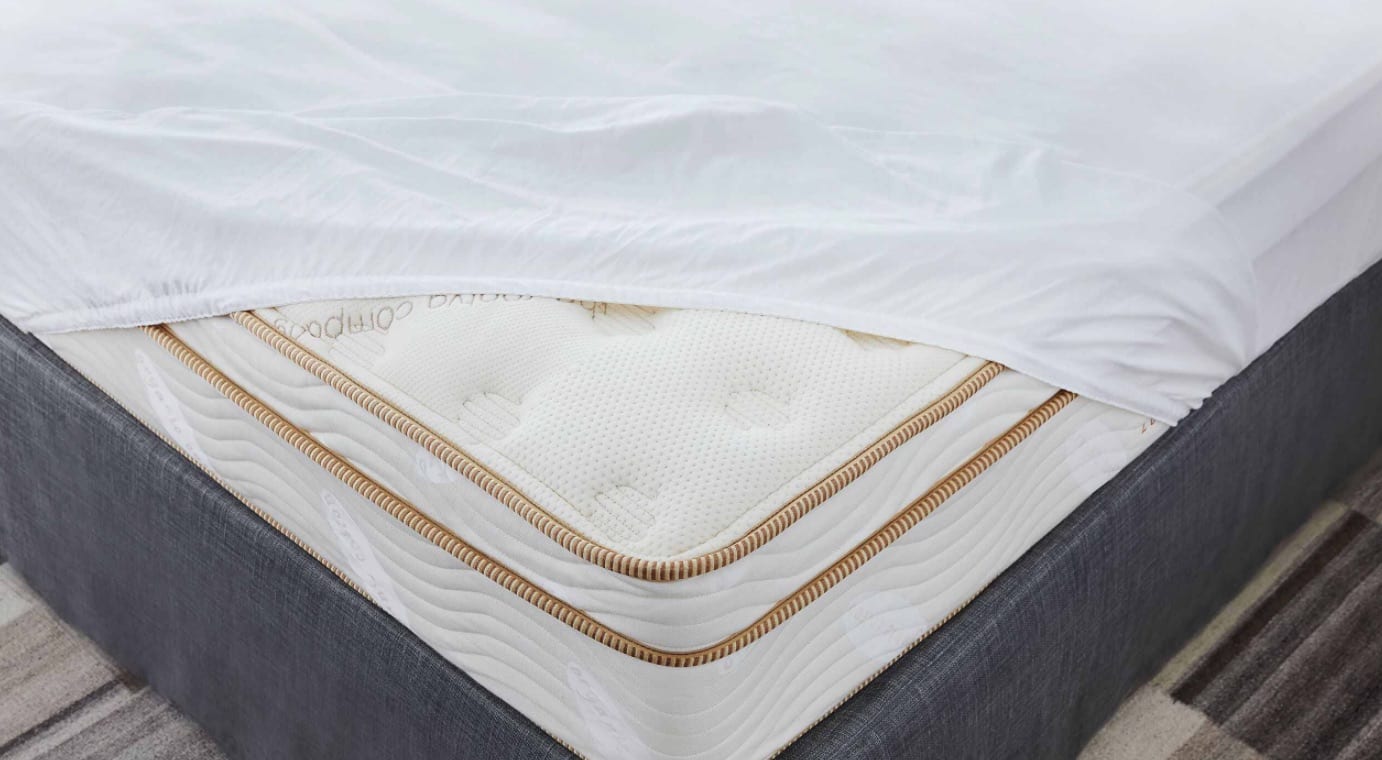
Protection from Liquids
A mattress cover offers a layer of protection from fluids, such as sweat, urine, or spilled liquids. It helps to keep your mattress dry and clean, which can extend the life of your mattress.
Allergen Protection
A mattress cover can help protect against allergens, such as dust mites, pet dander, and pollen. Allergy sufferers may benefit from using a mattress cover to reduce their allergic reactions while sleeping.
Dust Mite Protection
A mattress cover can help block dust mites, which are microscopic bugs that feed on dead skin cells. A mattress cover can help reduce the number of dust mites in your mattress, which can help to reduce allergy symptoms.
Bed Bug Protection
A mattress cover can also help protect against bed bugs. Bed bugs are small insects that feed on human blood. A mattress cover can make it more difficult for bed bugs to enter your mattress and will help contain them if they do.
Increased Comfort
A mattress cover can add a layer of comfort to your mattress. It can also help reduce noise and make your mattress more durable. A mattress cover can also help maintain the shape of your mattress and make cleaning easier.
How to Choose a Mattress Cover
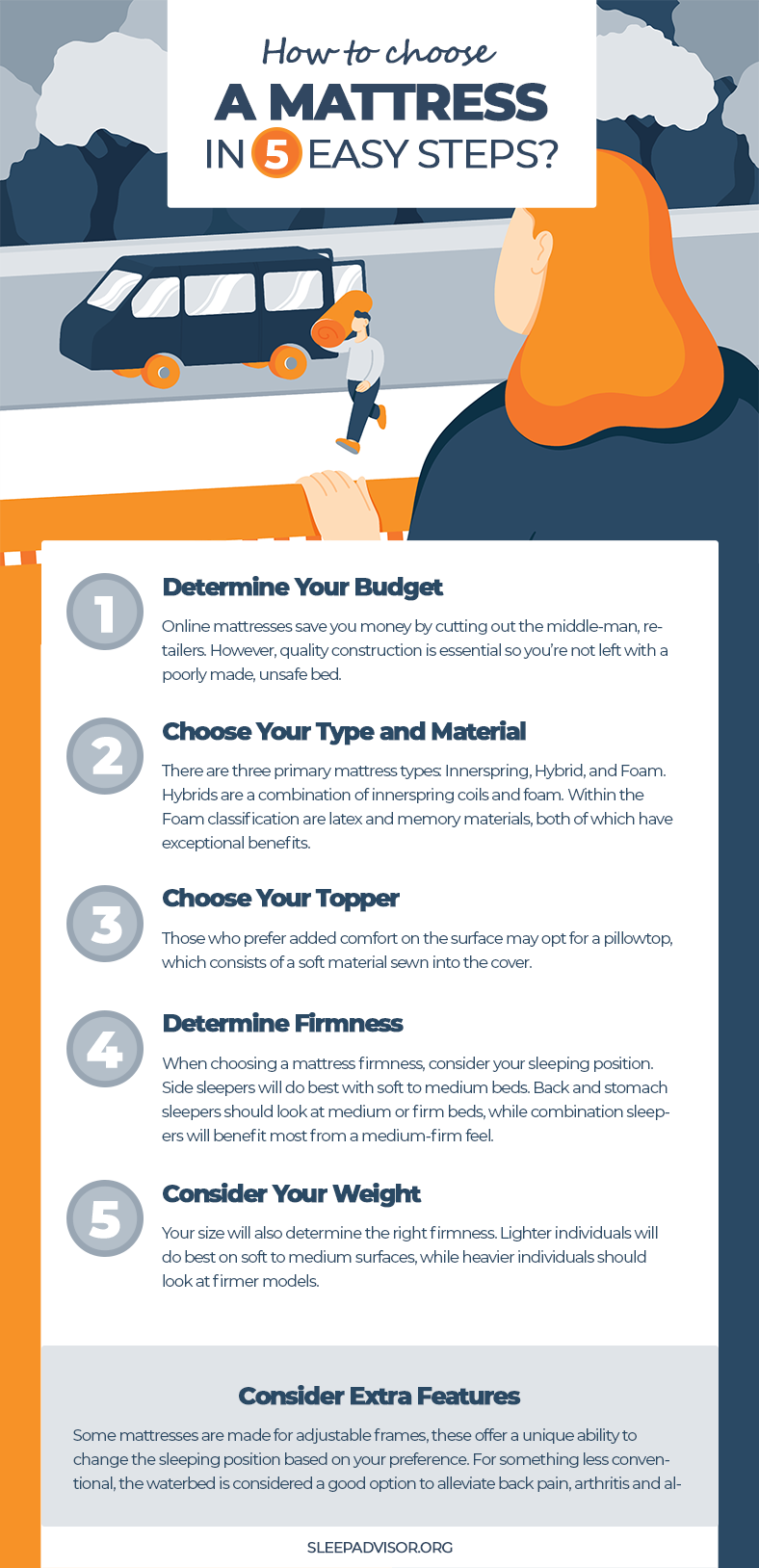
- Size: Make sure the mattress cover you choose is the right size for your mattress. It should fit snugly and not be too loose or too tight.
- Material: Mattress covers come in different fabrics, such as cotton, polyester, and plastic. Choose a material that is breathable and will keep your mattress clean and free of dust mites.
- Waterproof: Look for a mattress cover that is waterproof to protect your mattress from spills, sweat, and other liquids.
- Insect Protection: Some mattress covers are treated with insect repellents to help keep bed bugs and other insects away.
- Hypoallergenic: If you have allergies, look for a mattress cover that is hypoallergenic. These covers are made from materials that are less likely to cause an allergic reaction.
- Easy to Clean: Choose a mattress cover that is easy to take off and put back on. It should also be machine-washable so you can easily keep it clean.
How to Care for a Mattress Cover
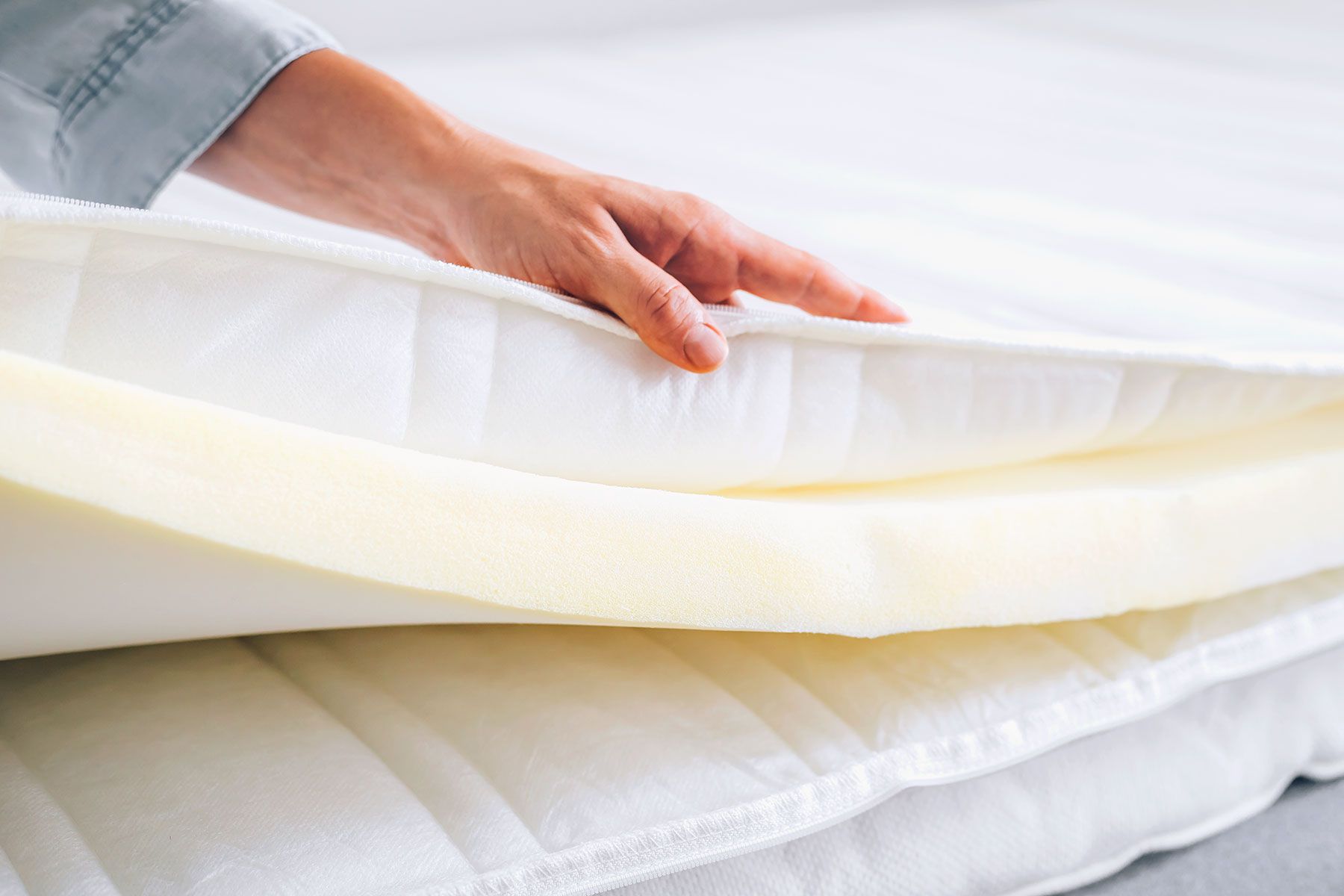
- Wash Regularly: Mattress covers should be washed regularly in hot water to remove dirt, dust, and other debris. This will help keep your mattress clean and free from allergens and bacteria.
- Check for Damage: It’s important to inspect your mattress cover for any signs of damage. Small holes and tears can let dirt, dust, and other particles into your mattress and make it difficult to keep clean.
- Use Mild Detergent: When washing your mattress cover, use a mild detergent to avoid damaging the fabric. Make sure to read the manufacturer’s instructions for proper care.
- Air Dry: After washing your mattress cover, hang it outside to dry in the sun to help kill bacteria and germs. Do not dry your mattress cover in the dryer as this can cause shrinkage and damage the fabric.
- Replace Regularly: It’s important to replace your mattress cover regularly to ensure the best possible protection for your mattress. Most mattress covers should be replaced every 3-6 months.
Alternatives to a Mattress Cover
Mattress Protectors: A mattress protector is a lightweight, waterproof, and breathable cover that is placed over the mattress. It is designed to provide protection against dust mites, bed bugs, and other allergens. It is also designed to protect the mattress from spills, stains, and other types of damage.
Mattress Pads: Mattress pads are similar to mattress protectors, but they are usually thicker and offer more cushioning. They are designed to provide extra comfort to the user. They are also great for providing an extra layer of protection against spills and stains.
Mattress Encasements: Mattress encasements are designed to provide complete protection for the mattress. They completely encase the mattress and provide a barrier against bed bugs, dust mites, and other allergens. They are also waterproof and provide an extra layer of protection against spills and stains.
Fitted Sheets: Fitted sheets are an economical option for mattress protection. They fit snugly over the mattress and provide a comfortable sleeping surface. They are also very easy to clean and maintain.
Cotton or Flannel Mattress Covers: Cotton or flannel mattress covers can provide an extra layer of comfort and protection for the mattress. They are also breathable and can help to regulate body temperature.
Vinyl or PU Covers: Vinyl or PU covers are designed to provide complete protection for the mattress. They are waterproof and provide an extra layer of protection against spills and stains. They are also designed to be dust mite and bed bug proof.
Conclusion
A mattress cover is a great addition to any mattress that provides many benefits, from protection from allergens and dust mites to improved comfort and support. Additionally, mattress covers can extend the life of your mattress and offer a more hygienic sleep surface. With all of the available options, mattress covers are an affordable way to upgrade your mattress and help you get a better night’s sleep.
Frequently Asked Questions
What Types of Mattress Covers are Available?
Mattress covers come in a variety of materials and styles, from hypoallergenic covers to waterproof options. Some popular types include:
- Quilted Mattress Cover: These are often made with a combination of cotton and synthetic materials, providing cushioning and comfort while protecting against dust mites and other allergens.
- Wool Mattress Cover: Wool is naturally breathable, which helps regulate body temperature and make it easier to fall asleep. It is also naturally hypoallergenic.
- Down Mattress Cover: Down mattress covers are typically filled with goose down and other materials, providing superior cushioning and insulation.
- Waterproof Mattress Cover: These are designed to protect the mattress from spills and other accidents, and are often made with a vinyl or polyester material.
- Memory Foam Mattress Cover: These are designed to fit snugly around a mattress, providing additional cushioning and support.
How do I know which mattress cover is right for my bed?
Size: The most important factor in selecting the right mattress cover is size. Ensure that you pick a mattress cover that is the same size as your mattress to ensure it fits correctly.
Comfort: When looking for a mattress cover, consider the level of comfort you need. Look for mattress covers with extra cushioning for a softer feel, or ones with a tighter fit for a firmer surface.
Material: There are many different mattress cover materials available. Choose a material that is breathable and hypoallergenic. Natural materials like wool or cotton are great for temperature regulation and keeping dust mites away.
Durability: Look for mattress covers that are designed to last. Check the label for details on how long the mattress cover is expected to last.
Care Instructions: Before buying a mattress cover, make sure to read the care instructions. Look for covers that are easy to clean and maintain.
Price: Mattress covers come in various price ranges, so there should be an option for any budget. Consider the other factors listed above and make sure to pick a mattress cover that is within your budget.
How Often Should I Replace My Mattress Cover?
Regularly replacing your mattress cover is important for keeping your mattress clean and in good condition.
- If you have a waterproof mattress cover, you should replace it every 12-18 months.
- Non-waterproof mattress covers should be replaced every 1-2 years.
- If you have pets or allergies, you may need to replace your mattress cover more frequently.
- If you notice visible signs of wear and tear, you should replace your mattress cover.
It’s generally a good idea to wash your mattress cover every two weeks to keep your mattress sanitary. Additionally, you should inspect your mattress cover for any signs of wear and tear, such as holes, tears, or discoloration. If you notice any of these signs, it’s time to replace your mattress cover.
What are the Advantages of Using a Mattress Cover?
Protection: Mattress covers provide a barrier between your mattress and any potential allergens, dust mites, and other pollutants that may be in the air. They also help to protect against bedbugs and other pests.
Hygiene: Mattress covers are easy to clean and maintain, reducing the need for frequent mattress cleaning and replacement.
Comfort: Mattress covers are designed to be soft and breathable, providing extra cushioning and comfort.
Durability: Mattress covers are designed to be durable and long-lasting, providing a longer lifespan for your mattress.
Cost-effectiveness: Mattress covers are a cost-effective way to extend the life of your mattress and help protect it from dirt, dust, and other contaminants.
Are there any Disadvantages to Using a Mattress Cover?
While mattress covers offer many benefits, there are some potential drawbacks to consider. Mattress covers may not be entirely waterproof, so if you suffer from night sweats or other conditions that cause excessive perspiration, the mattress cover may not be able to protect your mattress from becoming damp. Additionally, some mattress covers may not be as breathable as you would like, which may cause you to overheat while sleeping.
Conclusion
A mattress cover can provide a number of benefits to your bed, including protecting your mattress from dirt, dust, and wear and tear, as well as providing additional comfort. When selecting a mattress cover, it’s important to consider the type of mattress you have, the size and shape of the cover, and the material used to construct it. With the right mattress cover, you can get the most out of your mattress and enjoy a good night’s sleep.
